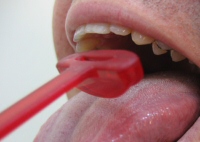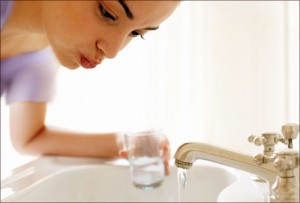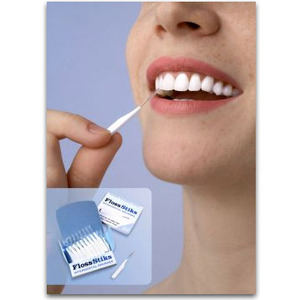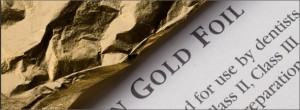In the previous article “about ulcers of the mouth Part 1“, we have already discussed what is an ulcer, the causes and methods to identify the cause of an oral ulcer. In this next section we will be looking at the modailities used to treat ulcers of the mouth.
Treatments and home remedies for mouth ulcers
Treatment:
- Based on and targeted at the etiology
- Main goal of therapy: Relief of pain and reduction of ulcer duration. There are evidence that shows the most efficacy from corticosteroids and antimicrobials used topically.





